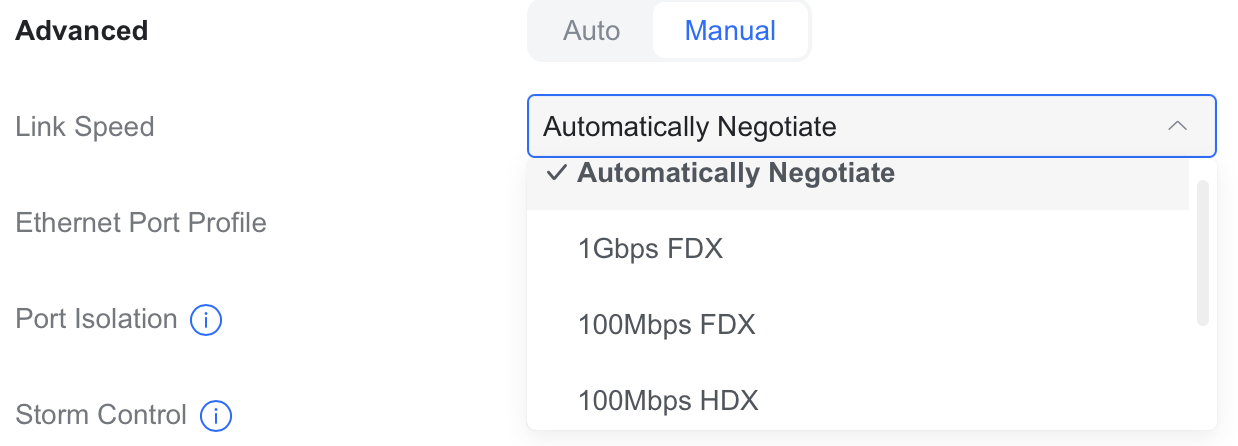This was indeed the review of my filter's precursor, the iSO-CAT6.I was reading a review of the first version of @tedwoods SoTM filter done 10 years ago and whoever wrote it summed up exactly how I feel about listening to these things. They clearly work, it's unmistakeable, but it's difficult to put your finger on it. Bear in mind in this review was based on a stream from a tower PC that probably generated more noise than data.
Clearly there was a difference. But it fell outside the primitive treble/mid/bass and soundstage parameters reviewers love to discuss. From today's device you'd neither expect any changes there nor will you get any. Your focus has to be on something else. And you have to trust your ears. Then you might hone in on the contrast between sounds and silence particularly during the pianissimo interludes and lazy fades. You might call the direct stream somehow dirtier, sharper or more pixelly; the one with the 'black' box smoother, rounder, less nervous and more settled. In Martina's flageolet exploits, you might detect more grit without the SOtM. Bass transients could seem wirier and leaner. Are you imagining it to justify a $350 expense that doesn't put food into the refrigerator? After all, the direct stream doesn't sound noisier per se. At all. This experiment is about whether additional noise somehow interacts with (intermodulates) the audio signal and perhaps even affects jitter. With emphasis on somehow, the SOtM isolator works in that domain and hearing notices it.
6moons audioreviews: SOtM iSO-CAT6
I've had that as well when I had an all SOtM front end (the so called-"trifecta") but have since replaced it with the latest version, the iSO-CAT7.
The main difference between them was that the former had only one transformer (like so many of the "typical" filters one can still find in both mainstream and "audio" versions), while the latter, as you have pointed out has four (plus related circuitry).
The corresponding 6moons review for that is the following: https://6moons.com/audioreview_articles/sotm-iso-cat7/
The iSO-CAT6 was indeed mild at best at what it did, something I also had personally pointed out in this thread: https://www.whatsbestforum.com/thre...e-sotm-iso-cat7-and-lampizator-amber-4.36104/
Cheers,
Ted














